3D Printing: Transforming Prototyping to Production
Additive manufacturing technology is growing and continues to have a significant impact on design and assembly. This boon to innovation has just begun to reveal its potential for companies and creators globally.
The world of manufacturing has undergone a large revolution thanks to the emergence of 3D printing. This technology, once seen as a novelty, has now become a critical and widely available tool in various industries.
Businesses can use it for prototype testing, making small batches, or producing large quantities. This radically changes how they view production. In this blog, we’ll explore how 3D printing bridges the gaps across these manufacturing stages.
Beta Prototyping: A Precise Start
Beta prototyping is the crucial first step in bringing an idea to life. It involves creating a preliminary version of a product for testing and refinement. 3D printing excels in precision and speed. Models and prototypes can be printed, fixed, and reprinted faster than traditional manufacturing methods.
Beta prototyping allows for fast and decisive improvements based on real-world testing. Layer manufacturing now enables quick and affordable modifications. Nowadays, rapid prototyping is advancing the development cycle for various products, from smartphone cases to aerospace components.
You wouldn’t need to look far for real-world examples showcasing the impact of 3D printing in prototyping. Automotive companies like Ford, BMW, and Porche have wholeheartedly embraced the technology for their smaller model runs. These automotive titans have found uses in creating many components, resulting in shorter development times and reduced costs.
As stated in WEVOLVER, “In the last few decades, Ford has printed well over 500,000 parts and saved billions of dollars and millions of hours of work. Where it would have taken 4-5 months and cost $500,000 to produce a prototype with traditional methods, a 3D printed part can be produced in a matter of days or hours at a cost of a few thousand dollars“.

Medical device manufacturers have also benefited from printed prototypes for surgical tools and implants. The accuracy and precision of the technology allow more customization than ever before, ensuring a perfect fit. These examples underline how additive manufacturing facilitates innovation by making beta prototyping more efficient and precise.
Short-Run Products: Flexible and Efficient
Short-run production involves manufacturing limited product quantities, often for niche markets or small-batch orders. 3D printing beautifully complements this stage, as this manufacturing technology is all about flexibility and efficiency.
Rapid manufacturing’s advantages for short-run products are various:
- It eliminates the need for expensive molds
- It saves both time and money
- Customizing products for specific customers is easy and doesn’t require expensive retooling.
Businesses can meet market demands for personalized or specialized items with these flexible advantages.
Cost-effectiveness and customization are two key benefits of 3D printing in short-run product manufacturing. Jewelry makers or toy manufacturers can use printing to create unique pieces for customers. Similarly, spare parts manufacturers can print items as needed, reducing the need for inventory and saving money.
Full Production 3D Printing: A Game Changer
Moving from prototyping to full-scale production can be challenging, but precision manufacturing is revolutionary in this phase, too. The benefits of plastic and metal printing in full production are substantial. It enables on-demand production, reducing warehousing needs and associated costs.
Industries such as aerospace and automotive use 3D printing technology for specific components, enhancing efficiency and reducing lead times. According to GE, “By using 3D printing to produce parts for its 787s, Boeing expects to save approximately $2 million to $3 million per plane.”
We can also consider the dental industry, where additive manufacturing is being used for the mass production of crowns, bridges, and aligners. The ability to create custom dental solutions quickly and economically has transformed the field. 3D printing can improve traditional production, making it cheaper and more efficient when used strategically.
Future Trends and Innovations
The future of printing in manufacturing is promising. Emerging technologies, such as 4D printing and sustainable materials, will continue to push and revolutionize the industry. New advancements will further blend prototyping, small-scale production, and full-scale manufacturing, creating more chances for business success.
If you’re curious about how 3D printing can impact your production processes, contact us for more information.
